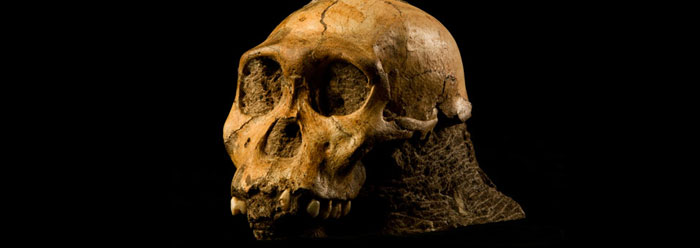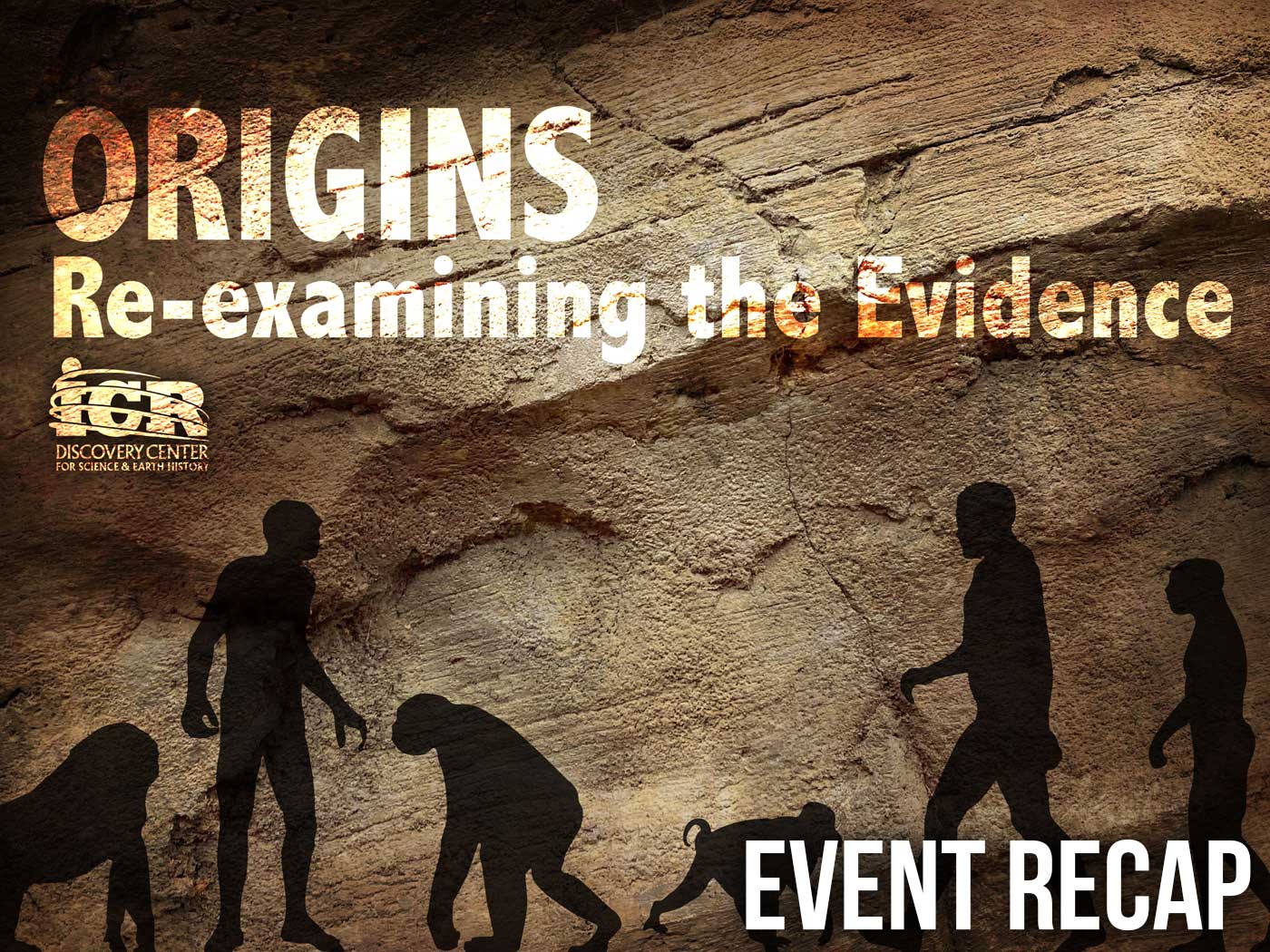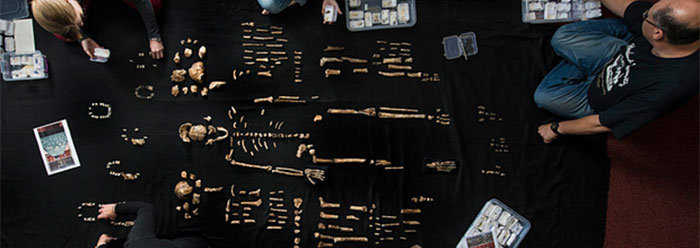Partial remains of two skeletons were discovered in a cave in South Africa, and some scientists think they may be another addition to humanity's evolutionary tree.
The find was described in the April 9th issue of Science.1 The fossils, believed to be nearly two million years old, were named Australopithecus sediba by the study's attention-seeking lead author, Lee Berger.2 This discovery adds to 150 years of research and a spate of recent investigations that have supposedly shed light on human evolution. One would expect that the clues gathered thus far would present a somewhat unified story, if evolution is true.
Instead, the situation seems to grow more convoluted with each newly unearthed specimen. LiveScience reported: "All these clues raise the question of which species were our ancestors and which just evolved similar traits in a parallel manner."3 But the clues don't provide answers for those questions, which also may be asking the wrong things.
University of Wisconsin paleoanthropologist John Hawks, who was not involved in the study, suggested that "we just need to find more skulls" in order to piece together humanity's past. However, a century and a half worth of digging has not been enough to uncover any conclusive evidence for human evolution, and this new find adds nothing. Hawks told LiveScience that Australopithecus sediba was "not everything the rumor mill said it was going to be. It's not a missing link."3
The researchers of this latest early-man hopeful admitted at the outset that "the origin of the genus Homo is widely debated, with several candidate ancestors being proposed."1 After all this research, and after a vast parade of ape-man fossil candidates, why is there still no agreement on what or who was mankind's predecessor?
A pattern exists in the evolutionary scientific literature in which authors admit broad ignorance about human evolution in order to set the reader up for suggested solutions provided by the descriptions that follow. Each time, the discovery is accompanied by hopeful rhetoric broadcast by popular media regarding the significance of the find (e.g., that it promises to "shed new light"). But the fine print in the actual scientific studies reveals that each discovery only adds another layer of confusion and forces another rewrite of evolutionary history.
Unfortunately, those who do not dig deeper than the popular headlines may count each new highly touted discovery as an additional confirmation of mankind's evolution from ape-kind. The persistent admission of overall confusion about human evolution, however, is the real story, tucked beneath the fanfare.
The authors of the "sediba" study decided that the remains constitute a new species of australopith--perhaps a cousin of "Lucy"--and that certain skeletal features seem more humanlike than those of other australopiths. But after discussing the troubles and doubts associated with identifying other finds as Homo habilis4 and how the new fossils might relate to them, they stated in the technical paper, "It is thus not possible to establish the precise phylogenetic position of A. sediba in relation to the various species assigned to early Homo."1
So, not only does the discovery of A. sediba--which was dated as contemporaneous with true man--fail to provide a human ancestor in keeping with the story of human evolution, but according to the authors it is not even possible to figure out if or how A. sediba relates with other creatures in an evolutionary context! This was in part due to its preponderance of ape features, including characteristic long arms, small head, and ape-like feet.
Just to be clear, the researchers admitted from the start that "the identity of the direct ancestor of the genus Homo, and thus its link to earlier Australopithecus, remains controversial."1 And after the discovery and initial analysis of this new assembly of fossil bone fragments, this "ancestor" is at least as controversial now as it ever was. Perhaps at this point the scientists ought to question whether such an ancestor ever existed.
There is still no solid evidence to support the fanciful idea that humans evolved from primates. This stands to reason, since mankind was specially created from the beginning.5
Reference
- Berger, L. R. et al. 2010. Australopithecus sediba: A New Species of Homo-like Australopith from South Africa. Science. 328 (5975): 195-204.
- Thomas, H. Fossil warriors won't call a truce for Sediba. The Australian. Posted on theaustralian.com April 10, 2010, accessed April 10, 2010.
- Choi, C. Q. Fossil Skeletons May Be Human Ancestor. LiveScience. Posted on livescience.com April 8, 2010, accessed April 10, 2010.
- Homo habilis is considered an invalid taxon by creation researcher Marvin Lubenow because the fossil bone fragments assigned to this species actually came from various species--some human and some ape parts assembled together. The continued ambiguity of the true identity of H. habilis finds, as admitted by Berger and others, confirms Lubenow's contention. (See Lubenow, M. L. 2004. Bones of Contention: A Creationist Assessment of Human Fossils. Grand Rapids, MI: Baker Books, 299-301.)
- Genesis 1:27.
Image credit: Brett Eloff / WITS University
* Mr. Thomas is Science Writer at the Institute for Creation Research.
Article posted on April 14, 2010.






















